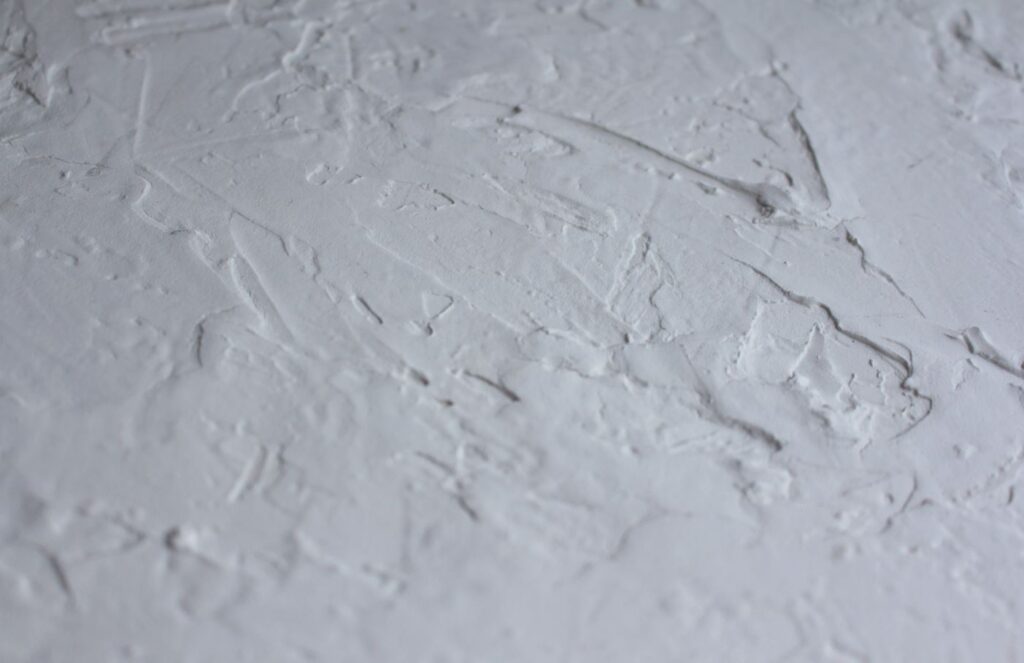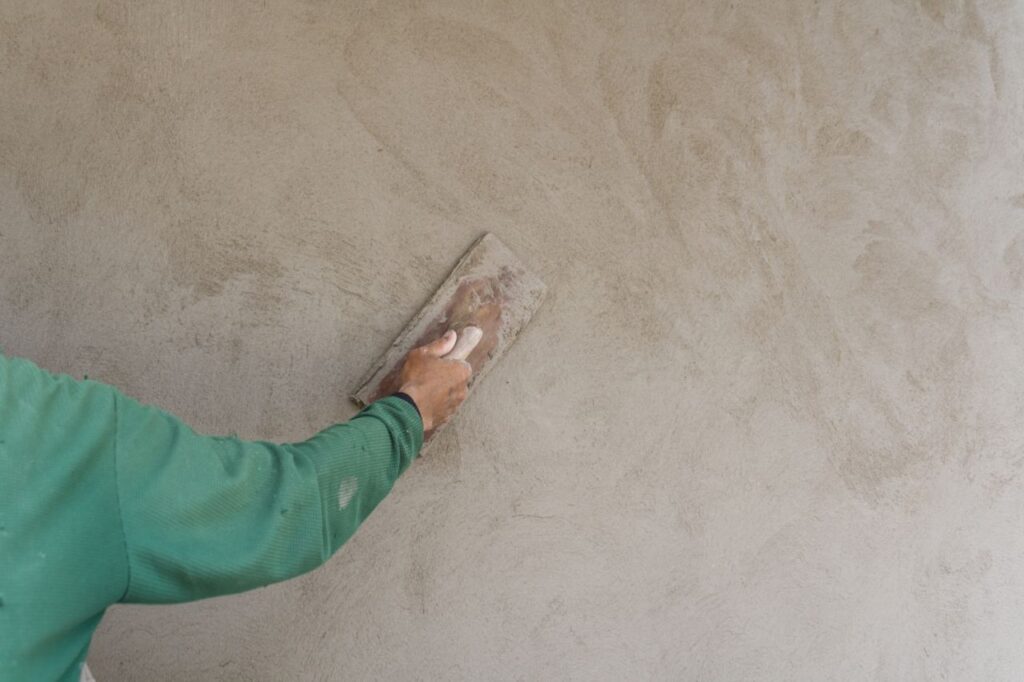Plastering is an essential process in construction, providing both functional and aesthetic benefits. By applying plaster to ceilings and walls, it not only improves the visual appeal of a structure but also adds durability and protection. This guide explores the various methods of plastering, their applications, and key considerations when selecting the best plastering techniques for your construction project.
Let’s Get Straight To The Point
Plastering is a key construction process that enhances the durability and appearance of walls and ceilings. The process involves applying plaster to surfaces for protection, smooth finishes, and added strength.
Common plastering techniques include solid plastering, dry lining plastering, and three-coat plastering, each suited for different surfaces and finishes. Various types of plaster such as gypsum plaster, lime plaster, cement plaster, and clay plaster offer distinct benefits depending on the project. Proper preparation, mixing, and curing are crucial for achieving a durable and smooth finish. Whether for internal plastering or external plastering, selecting the right method ensures long-lasting results.
What Is Plaster and How Does It Work?
Plaster is a type of mortar made from materials like lime, gypsum, clay, or cement. Applied over surfaces such as brick, blockwork, or masonry, it helps protect the material underneath while providing a smooth, polished finish. The plaster also offers benefits such as moisture resistance and improved acoustic performance. Depending on the material used, plaster can also regulate humidity levels in a room, contributing to a healthier environment.
The Plastering Process
The plastering process involves several crucial steps that ensure a high-quality finish. Here’s an overview of the key stages:
1. Surface Preparation
Proper surface preparation is essential to ensure that the plaster adheres effectively. Steps include:
- Surface Cleaning: Remove dust, dirt, and debris from the surface.
- Crack and Hole Repair: Fill any cracks or holes to ensure an even base for plaster application.
2. Mixing the Plaster
The plaster powder is mixed with water to form a smooth paste. It’s important to achieve the right consistency for ease of application and to ensure strong adhesion to the surface.
3. Applying the Base Coat
The base coat is the first layer of plaster applied to the surface. It serves as a foundation, levelling out imperfections and creating a rough texture that helps the finishing coat bond better.
4. Applying the Finishing Coat
The finishing coat is applied on top of the base coat to achieve a smooth and polished surface. This layer is thinner and smoother, ensuring the final result is visually appealing.
5. Drying and Curing
After application, plaster needs time to dry and cure fully. The curing process can take several days, depending on the type of plaster used, such as gypsum plaster or cement plaster. Once fully cured, the surface can be painted or decorated as needed.

Types of Plaster
There are several types of plaster, each suited to different applications and surfaces. Understanding the differences helps you select the right plaster for your project:
1. Clay Plaster
- Composition: Made from sand and clay, clay plaster is an eco-friendly option.
- Benefits: It provides a natural finish, improves acoustics, and regulates humidity levels, making it ideal for sustainable building projects.
2. Lime Plaster
- Ingredients: Composed of lime, sand, and water, lime plaster is breathable and flexible.
- Features: Lime plaster offers excellent durability and moisture control, making it ideal for both internal and external applications.
3. Cement Plaster
- Components: Cement plaster is made from Portland cement, sand, and water.
- Durability: It provides a strong and durable finish, suitable for both internal and external surfaces, especially in areas subject to heavy wear and tear.
4. Gypsum Plaster
- Quick Drying: Gypsum plaster dries faster than cement plaster, making it ideal for internal plastering.
- Smooth Finish: It provides a fine, smooth surface, ideal for interiors and easy to apply.
Common Plastering Techniques
Understanding the plastering techniques helps you choose the most appropriate method for your project. Here are some of the most common plaster application methods:
1. Solid Plastering
In solid plastering, plaster is applied directly to solid surfaces like brick or blockwork. This method is often used for creating durable, smooth finishes.
- Float and Set Plastering: The first layer, known as the float coat, is applied to level the surface, followed by the set coat to provide a smooth finish.
2. Dry Lining Plastering
Dry lining plastering involves fixing plasterboard to the wall and applying a thin layer of plaster over it. This method is quick and efficient, commonly used in both new constructions and renovation projects.
3. Three-Coat Plastering
The three-coat plaster system involves three layers:
- Rendering Coat: The first layer, used to level the surface.
- Floating Coat: The second layer, which smooths out imperfections.
- Finishing Coat: The final coat, providing a smooth and polished finish.
4. Two-Coat Plastering
In two-coat plastering, a base coat is applied, followed by a finishing coat. This method is faster than the three-coat system but still provides a strong, smooth finish.
5. Single-Coat Plastering
For more cost-effective projects, single-coat plastering involves applying just one layer of plaster. While quicker and less expensive, this method may not offer the same durability as multi-coat systems.
6. Spray Plastering
Spray plastering is a modern method where plaster is sprayed onto the surface using a spray gun. This technique is efficient for larger surfaces and provides a smooth, even finish.
Internal vs. External Plastering
Internal plastering focuses on creating smooth finishes for walls and ceilings inside the building. It can also enhance fire resistance and improve insulation properties.
On the other hand, external plastering protects exterior walls from the elements, ensuring weatherproofing and durability. Cement-sand mortar is commonly used for external plastering due to its robust and weather-resistant properties.
Common Plastering Defects and Their Solutions
While plastering is generally durable, several defects can arise during the process. These issues can be addressed with proper application techniques and maintenance:
- Cracks: Cracks can develop due to shrinkage or improper curing. To prevent cracks, ensure uniform thickness and adequate curing time.
- Efflorescence: This occurs when salts migrate to the surface, leaving white deposits. It can be resolved by washing the surface with a zinc sulfate solution.
- Falling Plaster: If plaster falls off the wall, it may be due to poor adhesion. Ensure the surface is clean and adequately wetted before application.
Conclusion
Plastering is a crucial aspect of the construction process that adds both aesthetic appeal and durability to a building. By understanding the various plastering techniques, such as solid plastering, dry lining plastering, and three-coat plastering, you can select the right approach for your project. Whether you are working on internal plastering or external plastering, choosing the appropriate plaster and method ensures a smooth, durable finish that enhances both the look and longevity of your structure.
FAQs About Plastering
What Are The Key Benefits Of Spray Plastering?
Spray plastering is known for its speed and uniform coverage. It can also reach areas needing help accessing traditional plastering methods.
Is There A Specific Type Of Plaster Used For Each Method Of Plastering?
The type of plaster used may vary depending on the method and project requirements. However, most plaster plasters contain gypsum or cement as their base material.
Which Method Of Plastering Is Best Suited For Interior Walls?
Both traditional and machine plastering are commonly used for interior walls, depending on the project size and the desired finish.
Can The Choice Of Plastering Method Affect The Final Appearance Of The Surface?
Yes, the choice of plastering method can impact the surface’s texture, smoothness, and overall appearance. Different methods may result in slightly different finishes.
Are There Any Special Considerations When Selecting A Plastering Method For A Project?
Factors such as the size of the project, the condition of the surfaces, time constraints, and budget considerations should all be considered when selecting a plastering method. Consulting with a professional plasterer can help determine the most suitable method for your needs.


